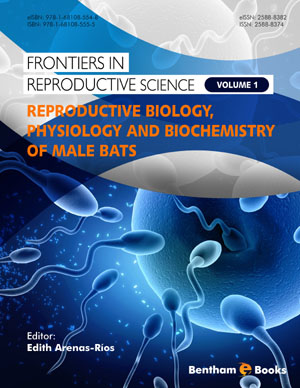Abstract
In this review, focus has been given on the diverse parasitological scenario that can be found in different buffalo farms in central and southern Italy, where the majority of buffalo heads are reared. The Geographical Information System, developed and used for the planning of sampling protocols, for data analysis and results, has been employed for the conduction of many studies performed in the course of the last twenty years. Furthermore, the copromicroscopic analyses were conducted using multivalent techniques, the FLOTAC techniques, which are characterized by high sensitivity, as well as precision, specificity, accuracy and reproducibility. Such techniques have been developed to further the capacity to quickly detect any possible parasitic infections, especially those that may pose any kind of human and veterinary public health concerns. From the results presented in this review, it is clear that we have witnessed over the last decades a significant modification of buffalo farm management and production system. Such buffalo farms have moved towards more intensive and innovative practices, such as the adoption of newly developed reproductive technologies and nutrition regimens together with increasing amounts of concentrate feeds and stored forages. The concurrent preventive use of anthelmintic treatments has greatly reduced helminth infections, which may pose a serious threat for human health such as the zoonosis caused by the larval stages of Echinococcus granulosus. It is worth mentioning also the witness of a parallel rise in protozoa and arthropoda infections.








